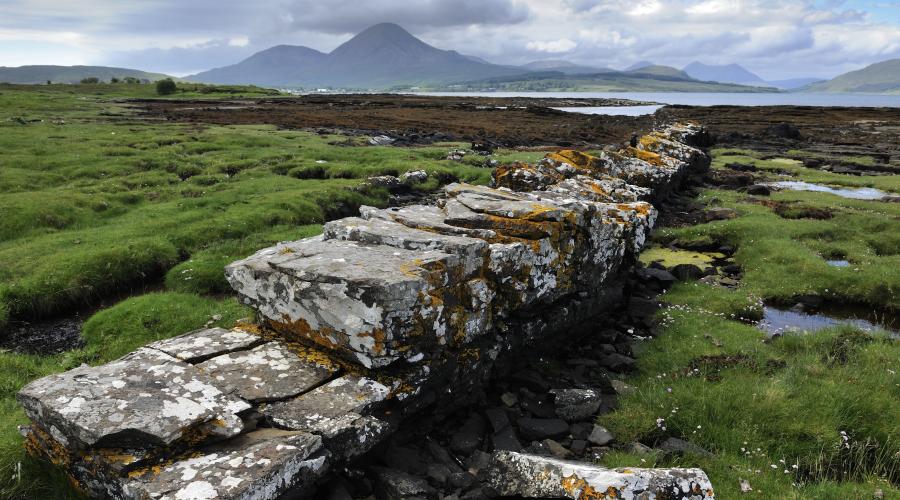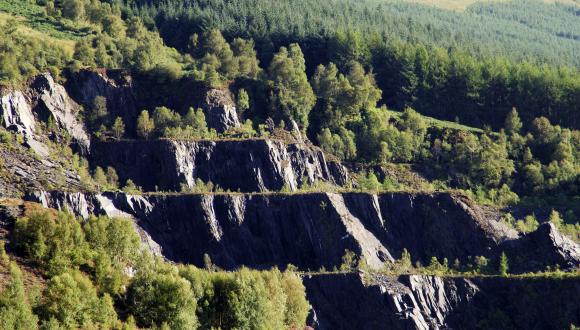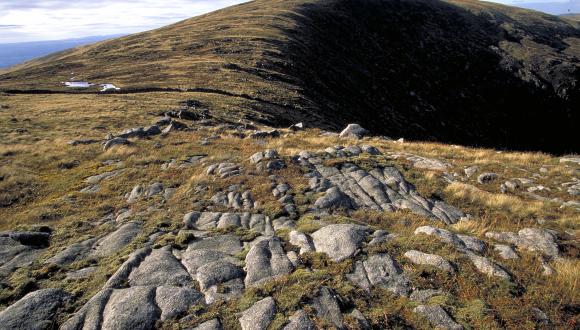
Scotland’s geological foundations
Hundreds of kilometres once separated the five geologically distinct foundation blocks that make up Scotland.
The most ancient foundations of the North-west Seaboard and Northern Highlands appear to be the same. But Scotland’s two most northerly founding blocks are otherwise very different and must have been located far apart at one time.
Similarly, rocks like those of the Northern Highlands are thought to underlie the rocks of the Grampian Highlands. Yet the two areas must have been widely separated for much of their history.
The two most southerly foundation blocks – the Central Belt and the Southern Uplands – are products of the continental drift and collisions that brought together Scotland’s foundations and connected Scotland and England.
Geological boundaries
Four major faults divide Scotland’s foundation blocks. From north to south, these are the:
- Moine Thrust
- Great Glen Fault
- Highland Boundary Fault
- Southern Uplands Fault
The Iapetus Suture separates the Southern Uplands from the underlying rocks of northern England. It’s named after the Iapetus Ocean that once separated Scotland and England.
Of these geological boundaries, the Great Glen Fault and Highland Boundary Fault are the most distinctive landscape features. The Great Glen Fault forms the dramatic gash of the Great Glen. The Highland Boundary Fault marks the distinctive change from Lowland to Highland scenery.







